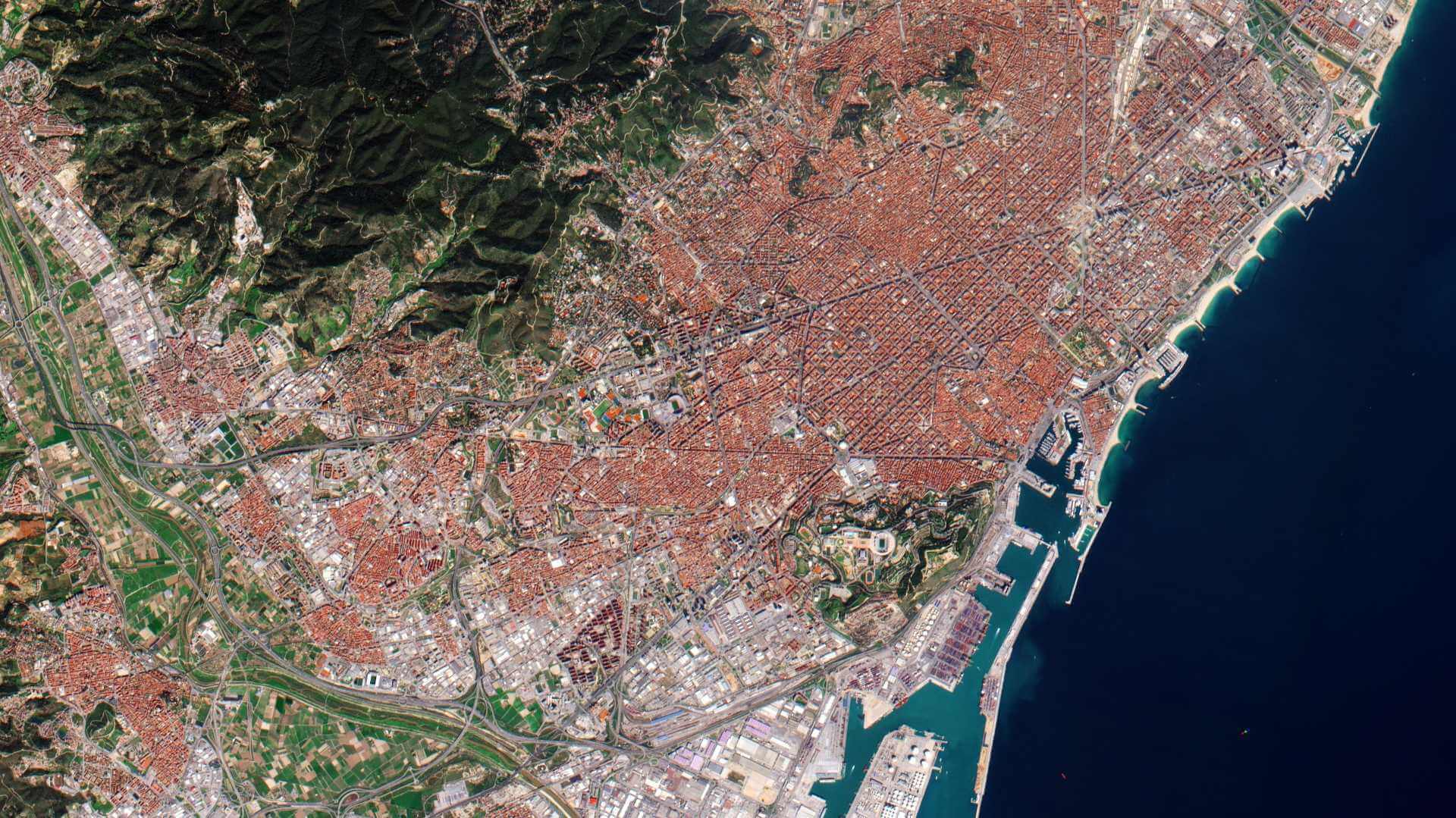Featured
About Landsat-4 and 5
The Landsat programme is a joint USGS and NASA-led enterprise for Earth observation that represents the world's longest running system of satellites for moderate-resolution optical remote sensing for land, coastal areas and shallow waters.
Landsat-4 was launched from Vandenberg Air Force Base in California on 16 July 1982 and the mission ended on 15 June 2001.
Landsat-5 was launched on 1 March 1984 from the same launch site, and the mission ended on 5 June 2013.
| Landsat-4 | Landsat-5 | |
| Launch Date | 16 July 1982 (Within a year of launch, Landsat 4 lost the use of two of its solar panels and both of its direct downlink transmitters. The downlink of data was not possible until the Tracking and Data Relay Satellite System (TDRSS) became operational). In 1987 the TM instrument was switched off. | 1 March 1984 |
| End Date | 15 July 2001 (Removed from operations on 14 December 1993) | 5 June 2013 (MSS acquisitions ended in 1999 and TM in November 2011. However MSS was powered back on in 2012 and limited acquisitions were made until January 2013). |
| Orbit Height | 705 km | 705 km |
| Orbit Type | Sun-synchronous near-polar | Sun-synchronous near-polar |
| Orbit Period | 99 min | 99 min |
| Repeat cycle | 16 days | 16 days |
| Inclination | 98.2° | 98.2° |
Landsat-4 and 5 are part of ESA's Third Party Missions Programme, in which ESA has an agreement to distribute data products from the missions.
Landsat-4 and 5 Objectives
Landsat's Global Survey Mission is to image repetitively Earth's land and coastal areas with the aim of monitoring changes to those areas over time.
Landsat-4 and 5 Instruments
find out more
find out more
Landsat-4 and 5 Data
DATA COLLECTIONS
Through the Online Dissemination server, ESA offers registered users access to the following data collections:
DATA TOOLS
find out more
DATA QUALITY REPORTS
Quality Control is monitoring routinely the status of the spacecraft (payload and platform) and to check if the derived products meet the quality requirements along mission life-time. Learn about the quality control activities for the MSS and TM instruments:


